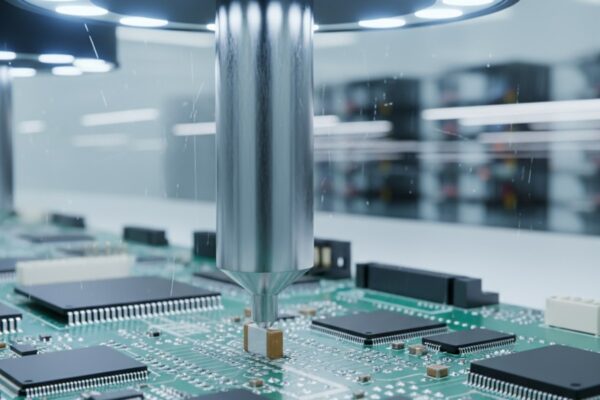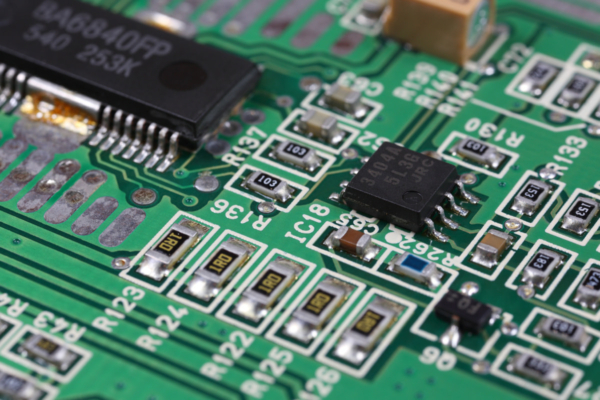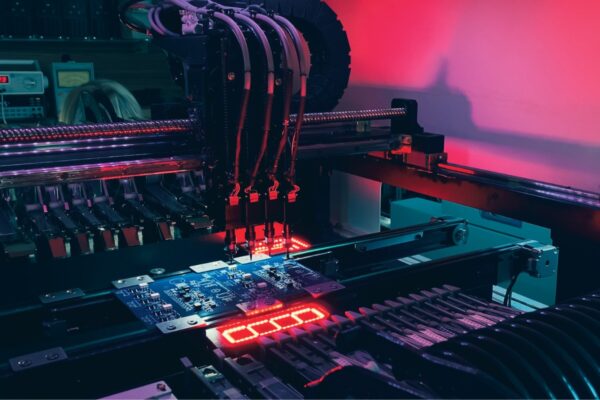A fundamental tension exists at the heart of industrial, medical, and aerospace manufacturing. The equipment itself is built to endure, with commitments for service and support that stretch across decades. Yet the electronic components at its core operate on a completely different timeline, their lifecycles sometimes expiring in as little as two years. This mismatch is not a minor inconvenience. It is a persistent, high-stakes operational challenge that defines the long-term viability of a product line.
To manage this is to practice a critical strategic discipline. An unmanaged end-of-life event for a single, forgotten component can initiate a cascade of consequences, disrupting production and eroding profitability. The challenge is moving beyond a state of perpetual crisis management toward a system of genuine resilience, one that acknowledges the reality of the factory floor while satisfying the promises made in the boardroom.
A Risk That Masquerades as a Task
Component obsolescence often appears on spreadsheets as an engineering or procurement problem. In reality, it is a C-suite level business risk. For any manufacturer supporting products in the field for ten, fifteen, or even twenty-five years, the financial and reputational fallout from a single, unforeseen component discontinuation can be profound. The issue’s strategic nature lies in its capacity to ripple far beyond the engineering department, touching everything from revenue forecasts to customer trust.
When a critical part becomes unavailable and inventory is depleted, the most immediate result is a line-down situation. Production halts. Revenue stops. The scramble to respond often leads to an emergency board redesign, a costly endeavor that can range from fifty thousand dollars to well over half a million, depending on the board’s complexity and the validation required. These direct costs do not even account for the penalties incurred from failing to meet service-level agreements or the slow, corrosive damage to a brand’s reputation as customers lose confidence in a manufacturer’s ability to support its own products.
Foresight or Firefighting: The Two Realities of Obsolescence Management
Every manufacturer operates in one of two states regarding obsolescence: they are either anticipating the risk or being controlled by it. The first approach is a strategy of foresight. It is built on the continuous monitoring of every component in a Bill of Materials, assessing risk based on lifecycle data, and architecting resilience directly into a design from its inception. This path involves designing with multi-source parts and favoring components with documented long-term availability. It is a philosophy aimed at preventing a crisis from ever taking root.
The alternative is a reactive posture, a discipline of damage control executed only after a component has unexpectedly become obsolete. This is the world of Last Time Buys, of frantic searches for form-fit-function replacements, and of desperate sourcing from the non-authorized aftermarket. While a necessary skill set for when proactive measures fail, a business that lives in this reactive state is perpetually one EOL notice away from a major disruption. A truly robust plan uses proactive methods to ensure these reactive crises are rare and manageable events, not the standard mode of operation.
Building Resilience from the Bill of Materials Outward
A proactive strategy begins not with a guess, but with data. The foundational act is a comprehensive Bill of Materials health analysis. This process removes ambiguity by uploading a complete BOM to a component intelligence service, which cross-references every part against a vast database of lifecycle information.
The result is a clear map of your risk. The report flags each component as “Active,” “Not Recommended for New Designs (NRND),” or “End-of-Life.” Suddenly, the abstract threat of obsolescence becomes concrete. You can see the single-source microcontrollers with an NRND status or the power components with a short lifecycle forecast. This objective data allows engineering and procurement teams to focus their efforts where the threat is greatest.
From this foundation of knowledge, a more resilient design philosophy can emerge. One of the most effective tactics is to qualify a board to accept identical components from multiple, pre-approved manufacturers from the very start. Instead of designing a circuit around a specific capacitor from one supplier, the design is validated to perform correctly with equivalent parts from two or three. This simple act creates profound flexibility. Should one supplier discontinue their part or face an allocation crisis, procurement can pivot to an approved alternative without any engineering changes, without costly re-validation, and without a single moment of production downtime. A potential crisis becomes a routine adjustment.
For organizations without a large budget for dedicated software, a proactive stance is still achievable. A manual 80/20 approach can significantly reduce risk by focusing on the components that matter most. The process starts by identifying the critical 20% of parts that represent 80% of the risk, usually the complex, single-source ICs. A team member can then use the public websites of major distributors to manually check the lifecycle status listed on each part’s product page. By simply setting a calendar reminder to re-check these critical parts quarterly, an organization creates a functional early-warning system, buying valuable time to react long before a formal EOL notice arrives.
The Playbook for When a Crisis Hits
Even the best proactive plans can be blindsided. When an unexpected EOL notice does arrive, a structured response is essential to control the damage. An obsolete component does not automatically mean a full, expensive redesign. That path is the last resort.
The first option to explore is a true drop-in replacement, a pin-compatible part from another manufacturer that requires no changes to the PCB. If that is not available, the next step might be a minor re-layout, where a functionally similar part requires small changes to the board, a “spin” that avoids a full re-architecture. In some cases, a small mezzanine board can be created, a daughter card that adapts a new component to the old footprint, saving the larger, more complex main board. Only when a central processor or other highly complex, irreplaceable component becomes obsolete should a full redesign be considered.
The Last Time Buy (LTB) is often the reflexive first response, but its true cost is rarely understood at the moment of purchase. The initial price of the components is often just the beginning. You must consider the capital tied up for years in warehouse inventory, capital that cannot be invested in R&D or new equipment. You must account for the recurring cost of long-term, climate-controlled storage, especially for moisture-sensitive devices. After years on a shelf, component leads can oxidize, leading to poor solderability, lower production yields, and increased rework. And if the end-product is discontinued sooner than forecasted, that entire stock of LTB components is written off as a complete loss.
In high-reliability systems, a supposed “drop-in” replacement should never be trusted on its datasheet alone. Minor, undocumented differences in silicon can introduce system-level failures that only appear under specific thermal or electrical stress. Rigorous validation is non-negotiable. This means full functional testing across the product’s entire temperature range, signal integrity analysis on high-speed nets, and full system-level regression testing to catch any unintended consequences.
When all other options are gone and the only source is the non-authorized broker market, the part must be treated as counterfeit until proven otherwise. Sourcing from this gray market without a strict authentication process is a near-guarantee of introducing fraudulent parts into your supply chain. The only defense is to work with a reputable supplier who provides documented authentication for every lot, including X-Ray inspection to verify the internal die, decapsulation to physically inspect the die markings, and XRF analysis to confirm the materials are correct. To skip this step is to gamble with catastrophic field failures.
An Architectural Firewall Against Obsolescence
A more advanced strategy involves changing the architecture of the board itself, using a Field-Programmable Gate Array (FPGA) as a kind of obsolescence firewall. This approach creates a powerful layer of insulation between a system’s core processor and its many peripheral components, which are often the first to be discontinued.
By consolidating the logic of multiple smaller ICs into a single programmable chip, an FPGA immediately reduces the number of components that must be tracked. More importantly, it creates adaptability. If a sensor or memory chip that the FPGA communicates with goes EOL, you can often find a new replacement that is functionally similar but not pin-compatible. Instead of a hardware redesign, the FPGA’s programming can be updated to speak the new part’s language. This transforms an intractable hardware problem into a software or firmware update, a solution that is orders of magnitude faster and less expensive to implement.





